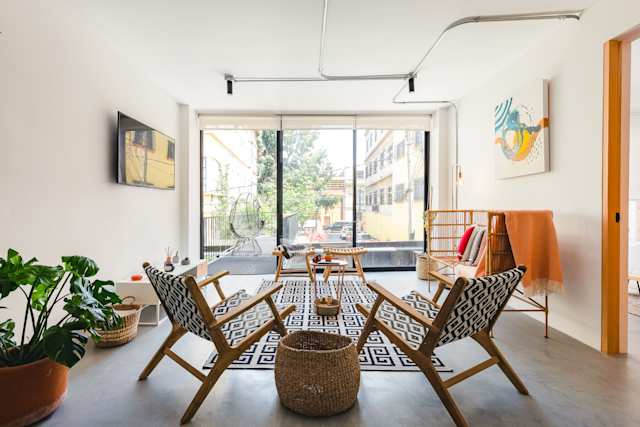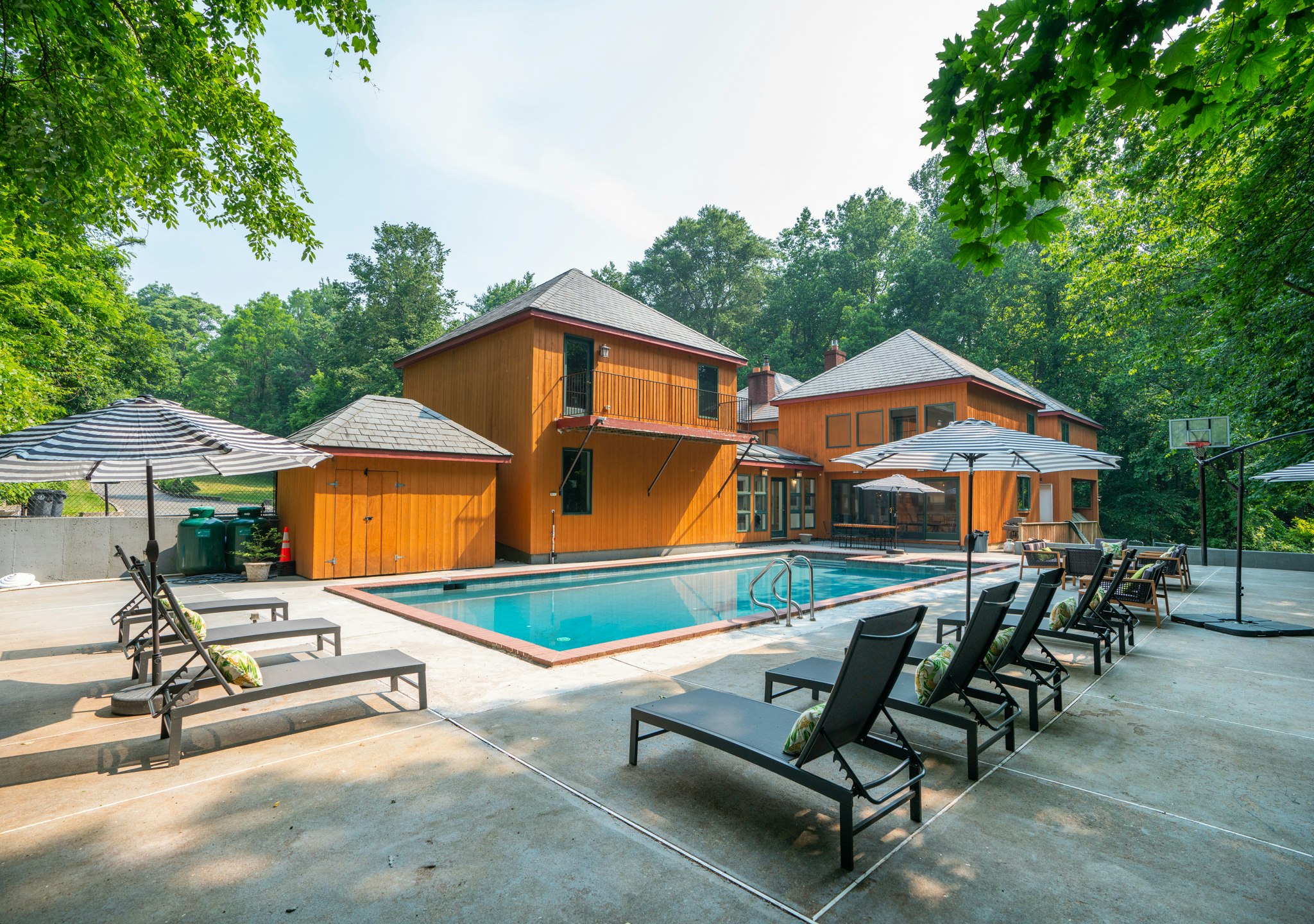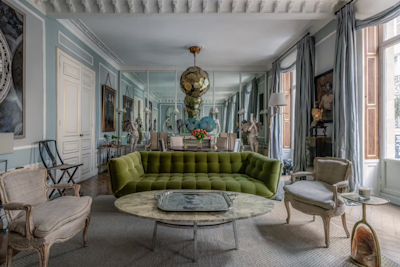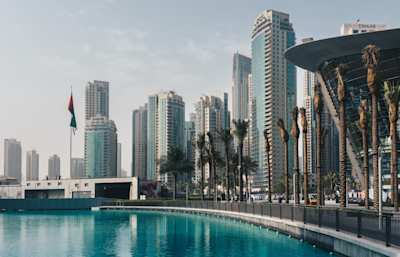Where to Enjoy Luxury Cultural Holidays Around the World
These holidays are jam-packed with culture - and explored in style
~

They could mean a tour of historic Venice by gondola, a venture into Mayan Mexico, or an exploration of the rock-carved lost city of Petra in Jordan - however they're spent, cultural holidays are a broad church. What they needn’t mean these days is hardship. You can experience these once-in-a-lifetime destinations, still dine well in Wadi Musa, and stay in enviable comfort at Chichén Itzá in Yucatán. Here at Plum Guide, we’ve scoured the globe to suggest the best destinations for that culture-filled trip away (you're welcome), so read on.
What is a cultural holiday?
Before we start, let us just define what a cultural holiday really is. There are many reasons to go on vacation - some just need a beach and a good book, others let off steam partying and barhopping, and skiers take off to the Alps with a specific purpose in mind. And then there are those who theme their annual break around gaining experience and knowledge of a specific destination, because of its built and artistic past, its indigenous tradition, and its centuries of wisdom in certain fields - these kinds of getaways can be conveniently described as cultural holidays. As the world shrinks and people’s bucket lists become ever more ambitious, the demand for authentic, immediate experiences on trips away grows.
Venice, Italy
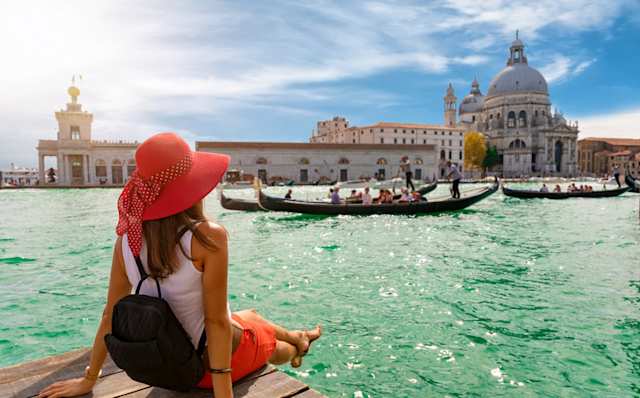
A woman wearing a red hat sitting next to the canal admiring the view in Venice, Italy
Venice is as luxurious a cultural holiday as you can imagine, but it can suffer from over-tourism. Now that large cruise ships have been banned, fines are imposed for wheeled suitcases in the historic centre, and cars without pre-booked parking are turned away, this city is looking to encourage visitors to stay, explore, and engage. And with 118 individual islands, 400 bridges, and 100 churches in the historic centre alone, there’s much to discover. The most beautiful city built by man can be traversed by gondola and vaporetto, past façades of Byzantine, Renaissance, and Baroque mastery. Time your visit right and you’ll catch the major global celebration of art and architecture, the Biennale, or the world’s oldest film festival.
Granada, Spain
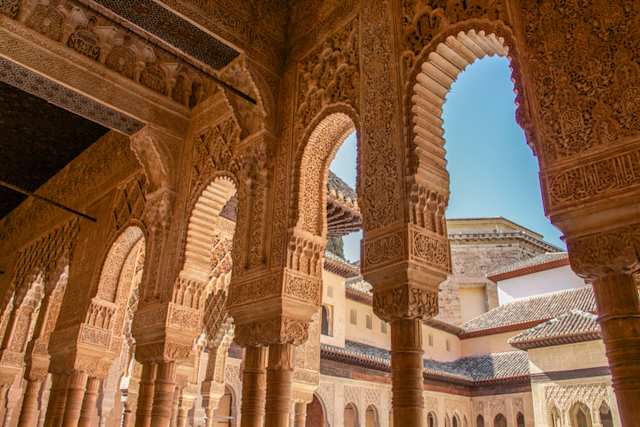
A view of the pillars inside the Alhambra, Granada, Spain
A guided tour (or at least a pre-booked visit) is essential for the Alhambra in Granada, allowing you to skip the queues and marvel at the exquisite Nasrid palace complex at the foot of the Sierra Nevada mountains. The reflective pools, delicate Islamic calligraphy, and ornamental vaulting would not be visible today were it not for the former American ambassador to Spain, Washington Irving, whose descriptions in his book Tales of the Alhambra helped inspire painstaking restoration work in the later 1800s. Built by generations of Nasrid rulers, most notably Yusuf I and Muhammad V in the 1300s, the Alhambra was left to decay after Napoleon’s troops tried to take it down in the early 1800s. It wasn't until the 1920s that chief architect Leopoldo Torres Balbás was able to restore much of the structure - including its arcades, tiling, stucco, and water features. The Nasrids revered the sound of running water, facilitated by an ingenious system of canals linked to the nearby slopes.
Paris, France
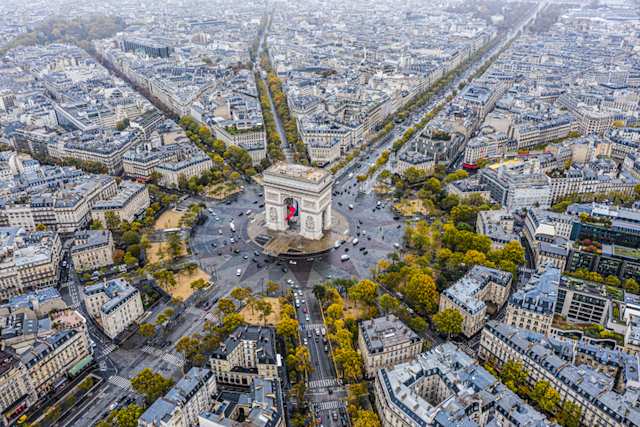
An aerial view of the Arc de Triomphe and the surrounding roads and buildings, Paris, France
Centre of the arts, fashion, and gastronomy, Paris attracts a predictably large number of discerning tourists. Holidayers flock to the French capital, keen on seeing first-hand the world’s largest collection of Impressionist and Post-Impressionist masterpieces at the Musée d’Orsay. Paris is also home to the latest contemporary exhibition, at the Centre Pompidou, and the cultural extravaganza regularly staged at Jean Nouvel’s remarkable Arab World Institute.
Cambodia

An aerial view of Angkor Wat surrounded by green trees at sunset, Cambodia
The largest religious monument in the world, Angkor Wat in northern Cambodia houses the mausoleum of the Khmer King (Suryavarman II), who built it back in the 12th century. Originally Hindu, it was converted a few decades later, and is today a place of pilgrimage for Buddhists from around the world. It is estimated that up to ten million sandstone blocks were used in its construction, each weighing 1.5 tons. The Cambodian authorities have been keen to encourage responsible tourism around the country’s key attraction, with traditional Khmer architecture used for new buildings. A visit to the temples can be combined with a cruise past the floating markets of the Mekong Delta.
Switzerland

A Swiss flag in front of snow-capped mountains at Mannlichen viewpoint, Switzerland
Think luxury, and you think of Switzerland. Panoramic trains with glass roofs, and boats gliding across serene lakes deliver you to your destination - perhaps you're headed to the financial centre of Zürich, whose Kunsthaus houses Picassos, Monets, and Chagalls. Renzo Piano designed the spectacular Zentrum Paul Klee in Berne, near the artist’s birthplace. At any one time, around 150 of his 4,000 paintings kept here are put out on display, with concerts and other performances staged in the steel-and-glass hills fashioned by Piano for this revolutionary complex.
Jordan

Two camels in front of the famous temple in the side of a cliff in Petra, Jordan
You can best prepare yourself for a visit to the lost city Petra in Jordan by taking the 5,000-year-old King’s Highway from the capital, Amman. Traffic may be slow as vehicles follow the twists and turns of the Rift Valley, but what is a cultural holiday without allowing time for adventure? The route is packed with history, and is even described in the Old Testament. Once you arrive at Petra, the exquisite detail of this former trading city carved out of rock still has the power to amaze - along with the notion of all the human activity that went on here over several millennia.
New York, USA

A low-angled shot of a statue and American flag outside Federal Hall, New York, USA
The most photographed city in the world, New York is the place to find more than 500 art galleries, the Museum Mile along Fifth Avenue (which includes the millennia-spanning Met), and Broadway, the world’s greatest showcase for English-language stage productions. For urban architecture alone (think the Chrysler Building, the Bank of America Tower, and the Grand Central Station), NYC puts itself at the top of most people’s must-visit lists for cultural holidays.
Delhi, India
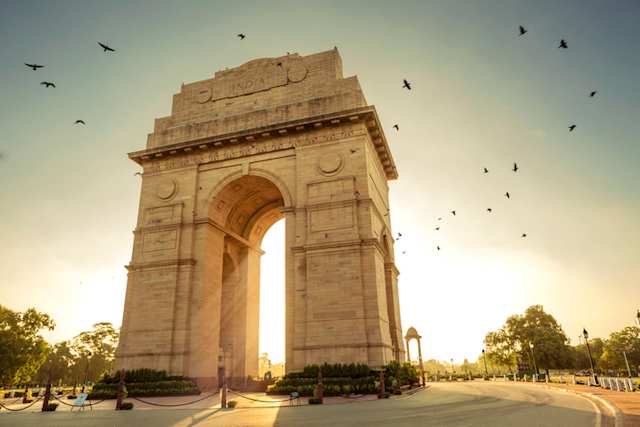
A view of India Gate at sunset, Delhi, India
If you’re going to see the wonders of India, the best way to get around is by luxury train. Basing yourself in the bustling capital, Delhi, you can make day trips to the Pink City of Jaipur, the tiger sanctuary of Ranthambore National Park, the lake palaces of Udaipur and, of course, the Taj Mahal. A jewel of Muslim and Mughal architecture shining white by the Yamuna river, it was built in the 1600s when Agra was a thriving hub of arts and religion.
Chichén Itzá, Mexico

A view of the famous cultural monument El Castillo Pyramid, Chichén Itzá, Mexico
The ancient Mayan city of Chichén Itzá in Yucatán, Mexico, was at its height about 500 years before Columbus made his discovery. Its magnificent stone buildings would have been far brighter then, painted in vivid reds, greens, and purples. Some structures were temples, some courts for ball games and other sporting events, and some were steam baths - everyone has to relax sometimes? The well alongside, the Cenote Sagrado, was where the ancient Mayas would have left offerings, and even made sacrifices to appease the Gods when water was short. A private guide can illuminate you on the various architectural styles featured around the two-square-mile site, a reflection of the diverse population said to have lived here.
Galápagos Islands

A large tortoise on the coast by black rocks and the blue sea, Galápagos Islands
Belonging to Ecuador nearly 600 miles away, the remote volcanic Galápagos Islands were probably undisturbed by human activity until the first Europeans arrived in the 1500s. The most famous, the naturalist Charles Darwin, was a visitor when the HMS Beagle dropped anchor in 1835. Primarily a geologist, he observed the differences between species as the crew explored the archipelago, the basis for his pioneering works on natural selection later that century. A national park since 1959, the ‘Tortoise Islands’ have been protecting their lava lizards, booby birds, finches, and marine iguanas over more than half a century of tourism. Sites on land and for scuba divers or snorkelers are limited in number, and only open for short periods of time, but guides explain how the differing mockingbirds Darwin studied inspired his theory of evolution. Recently, the main monument named after the scientist collapsed, when an arch-shaped rock formation crumbled through erosion. Around it, though, still swim the manta rays, barracudas, and whale sharks, undisturbed in unpolluted waters.




